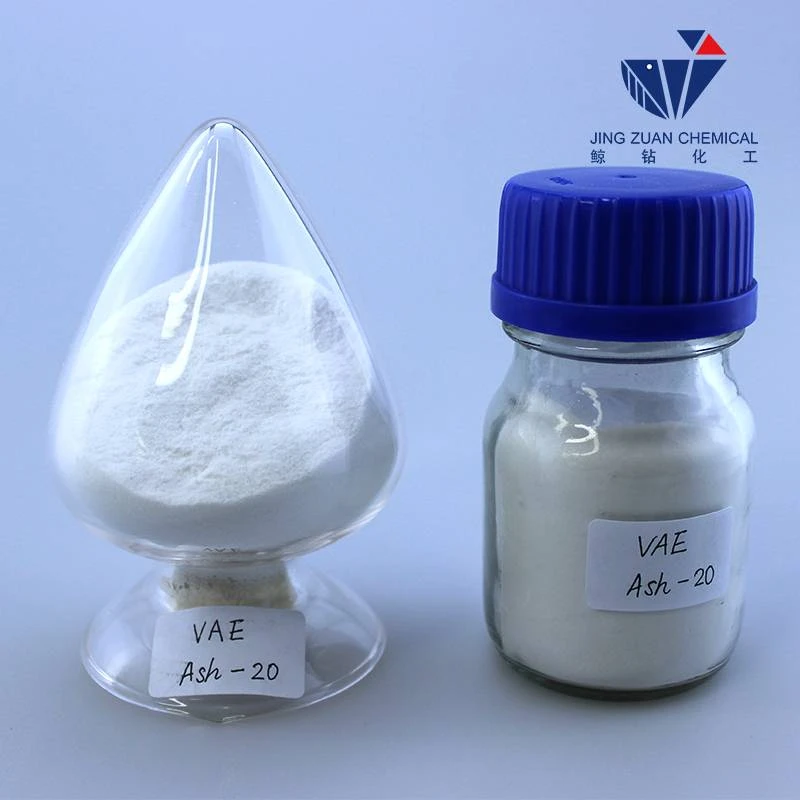
Дек . 11, 2024 11:32 Back to list
what is hydroxyethyl cellulose
What is Hydroxyethyl Cellulose?
Hydroxyethyl cellulose (HEC) is a non-ionic, water-soluble polymer derived from cellulose. It is widely used in various industries due to its versatile properties and functional applications. Cellulose, a natural polymer found in the cell walls of plants, serves as the foundation for HEC. The modification of cellulose through the introduction of hydroxyethyl groups enhances its solubility in water and expands its functionality, making it an essential ingredient in many formulations.
Chemical Structure and Properties
The chemical structure of hydroxyethyl cellulose consists of a linear chain of glucose units, similar to that of natural cellulose. The hydroxyethyl groups are introduced through a reaction with ethylene oxide, a process that transforms the cellulose into a more soluble form. This modification results in a product that can easily dissolve in water, forming a viscous solution.
HEC is known for its exceptional thickening, binding, and film-forming properties. It is stable across a wide range of pH levels and temperatures, making it suitable for various applications. Additionally, HEC is non-toxic and biodegradable, making it an environmentally friendly option compared to some synthetic polymers.
Applications in Various Industries
Hydroxyethyl cellulose finds applications across multiple industries, including cosmetics, pharmaceuticals, food, and construction.
1. Cosmetics and Personal Care In the cosmetics industry, HEC is commonly used as a thickening agent in creams, lotions, and gels. Its ability to enhance the texture and stability of formulations makes it a preferred choice for manufacturers. HEC also acts as a film-forming agent in hair care products, providing a light hold without leaving a sticky residue.
what is hydroxyethyl cellulose

2. Pharmaceuticals In pharmaceuticals, hydroxyethyl cellulose is utilized as a binder and a thickener in tablet formulations. It aids in the controlled release of active ingredients and enhances the overall consistency of medicinal products. Additionally, HEC is used in ophthalmic solutions and other liquid formulations due to its ability to improve viscosity and stability.
3. Food Industry The food industry also benefits from the properties of hydroxyethyl cellulose. It is used as a food thickener, stabilizer, and emulsifier in various products such as sauces, dressings, and dairy items. Its ability to improve the texture and mouthfeel of food products makes it a popular choice among food manufacturers.
4. Construction In construction, HEC is employed as a thickening agent in mortar, plaster, and paints. It improves the workability of these materials, enhancing their application and performance. Moreover, HEC helps in water retention, allowing for better adhesion and reduced cracking during the drying process.
Benefits and Advantages
The advantages of hydroxyethyl cellulose are numerous. Its non-ionic nature ensures compatibility with a wide variety of other ingredients, allowing formulators to create stable and effective products. HEC also contributes to improved texture and sensory attributes in formulations, enhancing the overall user experience.
Furthermore, its environmentally friendly profile, being biodegradable and non-toxic, provides a compelling reason for its increased use in sustainable product development. As consumers become more environmentally conscious, the demand for eco-friendly ingredients like HEC is likely to grow.
Conclusion
In summary, hydroxyethyl cellulose is a versatile and useful polymer with a wide array of applications across various industries. Its unique properties make it an essential ingredient in cosmetics, pharmaceuticals, food, and construction. As industries continue to innovate and seek sustainable solutions, the importance of hydroxyethyl cellulose is expected to rise, solidifying its position as a valuable component in modern formulations. Whether for thickening, stabilizing, or enhancing texture, HEC plays a crucial role in improving product performance and user satisfaction.
-
The Widespread Application of Redispersible Powder in Construction and Building Materials
NewsMay.16,2025
-
The Widespread Application of Hpmc in the Detergent Industry
NewsMay.16,2025
-
The Main Applications of Hydroxyethyl Cellulose in Paints and Coatings
NewsMay.16,2025
-
Mortar Bonding Agent: the Key to Enhancing the Adhesion Between New and Old Mortar Layers and Between Mortar and Different Substrates
NewsMay.16,2025
-
HPMC: Application as a thickener and excipient
NewsMay.16,2025
-
Hec Cellulose Cellulose: Multi functional dispersants and high-efficiency thickeners
NewsMay.16,2025







